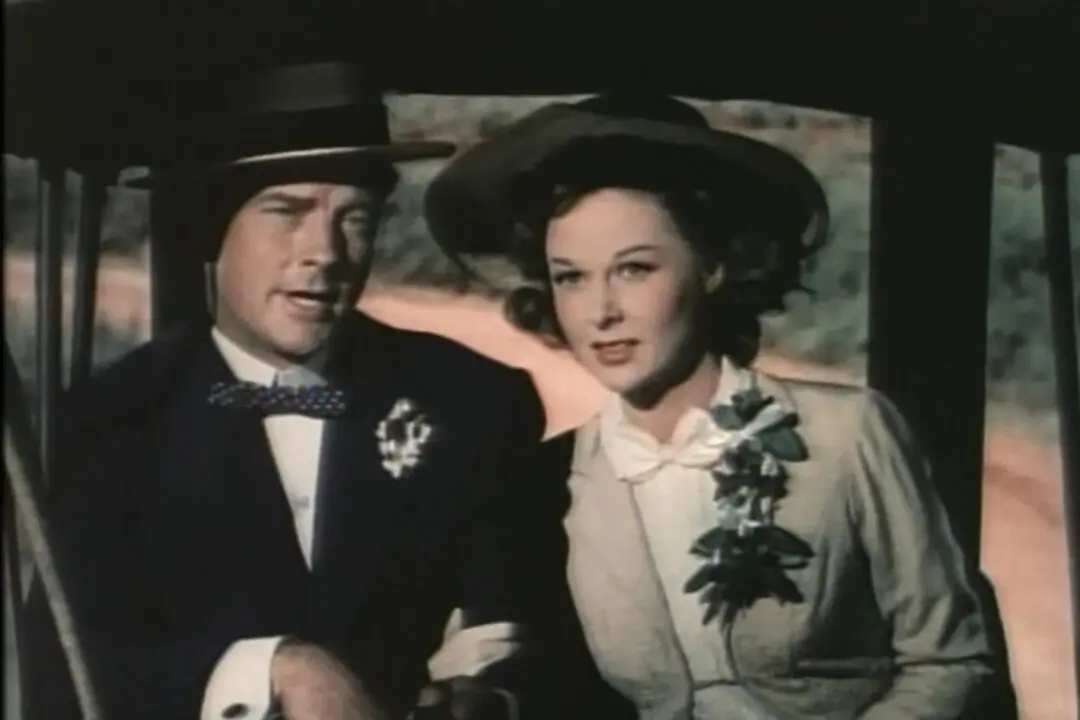NR | 1h 31min | Drama | 1957
“Wild Strawberries”(1957) begins with lines uttered by the protagonist, an irascible professor Isak Borg (Victor David Sjostrom): “I am an old pedant, which, at times, has been rather trying for myself and those around me.” This forms the kernel of screenwriter-director Ingmar Bergman’s Swedish drama on selfishness and its poisoning of personhood.




